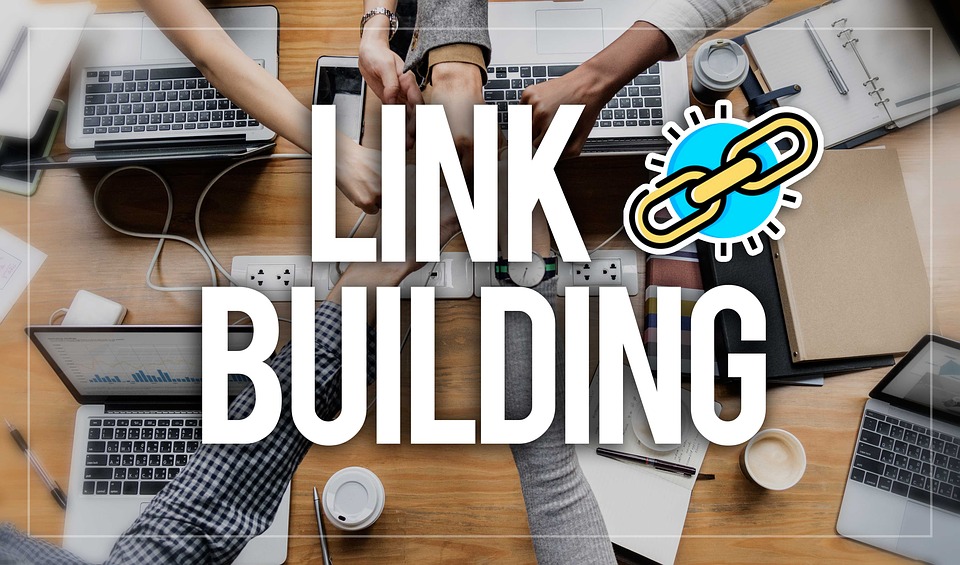Protect Your SEO Ranking During a Website Redesign
If you’re planning to get a new website, you’re probably doing it to enhance your brand, to help convert visitors better, and maybe even to help you rank better. Whether your plan involves a redesign or a move to a new domain name, it’s essential that you plan ahead to avoid losing any SEO rankings you’ve earned.
In this blog I’ll cover the most important things to watch out for, and I’ll even tell you how to do them yourself. However, if you want to make sure everything is done correctly, I recommend getting a full SEO analysis done by a professional San Diego web design company before your new site goes live. The analysis can also help uncover additional opportunities that could help push your site up the ranks.
 Protecting Your Website Pages
Protecting Your Website Pages
Your website pages will be the most affected by a website redesign. URL changes, and removal of pages can devastate your SEO rankings if you don’t take the right steps to protect them.
Step 1: Audit Every Page
It’s important to know what pages you have on your site and what URL each page is on. Even if you’re not changing your domain name, URLs can be changed during programming. Even subtle changes can render the page invisible to the search engines.
If your site is small, you can visit each link manually and note the URL. If you have a larger site, or an ecommerce website you can use tools like Screaming Frog that will scan your site and remove some of the manual labor.
Step 2: Create 301 Redirects
Once you have a list of pages and URLs you’ll be able to create 301 redirects. 301 redirects basically tell the search engines that a page they used to know the location of has been moved to a different URL. You need to map every page on your site with a 301 to a corresponding page on your site. If you’re removing a page form your old site, point the 301 to a page that has similar content so it remains relevant to site visitors.
Because it’s important that 301s be created accurately, I would recommend that you let your website designer implement these for you. Just make sure that they are implemented in the first place. If this is something you want to take on, here is a nice video tutorial.
Analyze Your New Site
You should have Google Webmaster Tools (GWT) installed on your new website to help you monitor its performance after it goes live. GWT has a dashboard to show you how many pages have been indexed, and if there were any crawl errors reported.
By keeping your eye on the health of your new website right after launch, you’ll be able to catch and correct issues before they erode your hard-won rankings.
 Keep an eye on these Google Webmaster Tools Reports:
Keep an eye on these Google Webmaster Tools Reports:
Number of Pages Indexed
If you completed the website inventory, you should have a good idea of how many pages are on your site. Make sure that the search engines are finding all of your pages.
- Mobile Usability
Mobile-friendliness is a new algorithm Google introduced in April of this year. Besides just making your site responsive, there are many factors involved to make your site meet Google’s high standards. - Broken Links
GWT will tell you which pages have broken links. Take quick action to add 301’s or fix the link. - Crawl Errors
If Google’s bot can’t crawl your pages because of errors, GWT will notify you. Again, it’s important that you find and fix the errors as quickly as possible.
Enjoy Your New Website
With a little extra effort, you can make sure that your new website doesn’t cost you good rankings. Then you can enjoy your new website and all the SEO traffic it brings. If you need an SEO analysis, give us a call. We’d love to help deliver qualified traffic to your business.


 Protecting Your Website Pages
Protecting Your Website Pages Keep an eye on these Google Webmaster Tools Reports:
Keep an eye on these Google Webmaster Tools Reports:
 Working of Search engines
Working of Search engines Keyword analysis
Keyword analysis
 For any online business being invisible can be highly unfortunate especially when today internet is like a vast ocean and your website is one of the tiny drops in it. So it’s up to you whether you want to get dissolved and remains unnoticed or through SEO website marketing be a pearl which that can be found on search engines when searched.
For any online business being invisible can be highly unfortunate especially when today internet is like a vast ocean and your website is one of the tiny drops in it. So it’s up to you whether you want to get dissolved and remains unnoticed or through SEO website marketing be a pearl which that can be found on search engines when searched. SEO Professionals Online has specialized skill in both SEO SEM. We know how to get you in the market and provide you with best website marketing strategies, especially at the international level. We have a team of professionals always ready to provide you with the best website marketing help. Our marketing strategies involve all four keys of Local website marketing i.e. Segmentation (who you want to target), Media (how are you going to give your message to the desired audience), Messaging structure what are you going to deliver and finally Measurement (using to results for the future cycles). This covers all marketing ways direct, mass advertising, free website marketing and paid website marketing.
SEO Professionals Online has specialized skill in both SEO SEM. We know how to get you in the market and provide you with best website marketing strategies, especially at the international level. We have a team of professionals always ready to provide you with the best website marketing help. Our marketing strategies involve all four keys of Local website marketing i.e. Segmentation (who you want to target), Media (how are you going to give your message to the desired audience), Messaging structure what are you going to deliver and finally Measurement (using to results for the future cycles). This covers all marketing ways direct, mass advertising, free website marketing and paid website marketing.
 Links play a chief role in maintaining your website page rank. Links to your website maintains to be the most important aspect that search engines exploit to conclude where your pages will rank for your targeted keywords. Through SEO link building, you can augment the superiority and capacity of links to your website, growing the recognition of your pages by search engines, result from them to rank elevated in search hits. Link building which is considered as the backbone of SEO and processed by website marketing experts in which quality links are built to your own website.
Links play a chief role in maintaining your website page rank. Links to your website maintains to be the most important aspect that search engines exploit to conclude where your pages will rank for your targeted keywords. Through SEO link building, you can augment the superiority and capacity of links to your website, growing the recognition of your pages by search engines, result from them to rank elevated in search hits. Link building which is considered as the backbone of SEO and processed by website marketing experts in which quality links are built to your own website. Get results with peace of mind
Get results with peace of mind
 Your websites are the element of present fast-paced globalization. As the Internet is growing, there is an ultimate need to be there each step of the way, growing, learning and evolving along with it, because every day you are facing new competitors for company and there is a dire need to remain on the top, as the largest share of traffic to your website originates from the search engines, if your company is not listed in top 10 of major search engines means you are losing competition every day. That’s when you need an SEO company who can give a boost marketing campaign to your website. But keep in mind choosing a good affordable SEO agency out of the long list of SEO companies is not an easy task.
Your websites are the element of present fast-paced globalization. As the Internet is growing, there is an ultimate need to be there each step of the way, growing, learning and evolving along with it, because every day you are facing new competitors for company and there is a dire need to remain on the top, as the largest share of traffic to your website originates from the search engines, if your company is not listed in top 10 of major search engines means you are losing competition every day. That’s when you need an SEO company who can give a boost marketing campaign to your website. But keep in mind choosing a good affordable SEO agency out of the long list of SEO companies is not an easy task. Our guarantee is always on top
Our guarantee is always on top
 The dual faced PPC
The dual faced PPC Choose from variety
Choose from variety
 Picture is not worth thousand words
Picture is not worth thousand words It’s easy with SEO Professionals Online
It’s easy with SEO Professionals Online
 Its Principle based
Its Principle based Time to Rise
Time to Rise
 It’s a Modern Web World
It’s a Modern Web World How we work?
How we work?
 Words still matters most!!
Words still matters most!! Get some Professional help
Get some Professional help